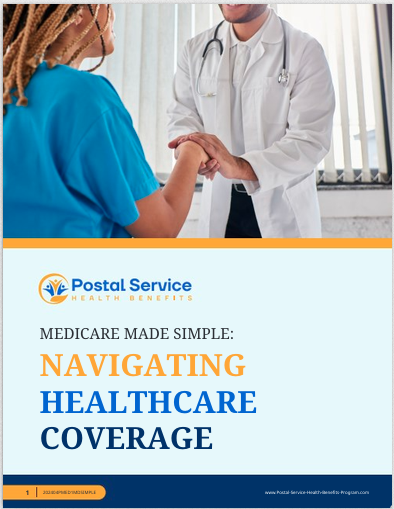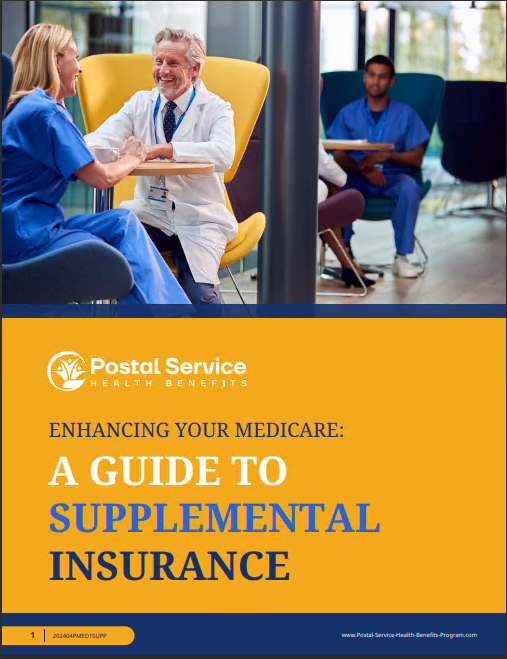Key Takeaways:
- Understanding the differences between PSHB and FEHB can help you better plan for future health insurance costs.
- The switch to PSHB from FEHB in 2025 could result in either a reduction or an increase in your health insurance premiums, depending on various factors.
PSHB vs. FEHB: Why Your Health Insurance Costs Could Be Going Down (or Up)
With the changing landscape of health insurance for federal employees and retirees, a major shift is on the horizon in 2025: the transition from the Federal Employees Health Benefits (FEHB) Program to the Postal Service Health Benefits (PSHB) Program for postal employees and retirees. While this change primarily impacts those connected to the U.S. Postal Service, its ripple effects may be felt by other federal employees as well. Understanding the differences between PSHB and FEHB is crucial in preparing for how your health insurance costs could change in the near future—whether they decrease or rise. Let’s explore how these two systems differ and what factors could influence your future premiums.
What is FEHB?
The Federal Employees Health Benefits (FEHB) Program is one of the largest employer-sponsored health insurance programs in the U.S., covering federal employees, retirees, and their families. It provides comprehensive coverage, including medical, dental, vision, and sometimes prescription drugs, depending on the plan chosen. Under the FEHB, enrollees can select from a range of private insurance providers, giving them flexibility in choosing the coverage that best meets their needs.
Historically, FEHB has been highly regarded for offering competitive premiums and a wide array of plans to federal employees, making it a solid option for those seeking customizable health insurance.
What is PSHB?
The Postal Service Health Benefits (PSHB) Program is a newly mandated health insurance program that will replace FEHB for postal employees and retirees beginning in 2025. PSHB was introduced as part of broader postal reform legislation aimed at modernizing and financially stabilizing the U.S. Postal Service (USPS). The PSHB will operate similarly to FEHB in that it will offer multiple health plan options to postal employees and retirees. However, PSHB enrollees may have different premium structures and coverage options compared to those in FEHB.
One of the key aspects of PSHB is its emphasis on integrating retirees into Medicare. Starting in 2025, postal retirees will be required to enroll in Medicare Part B as a condition of staying in the PSHB program. This shift is expected to influence premium costs for postal retirees, with some potentially seeing lower overall healthcare costs due to Medicare’s coverage.
Why Your Costs Could Be Going Down
For certain individuals, the switch to PSHB may result in reduced health insurance costs. Here are a few reasons why:
Medicare Integration
For postal retirees, one of the most significant changes under PSHB is the requirement to enroll in Medicare Part B. While this introduces a new monthly premium for Medicare, it could actually lower overall healthcare costs for many retirees. Medicare covers a substantial portion of medical expenses, which can reduce the out-of-pocket costs retirees face under PSHB. In some cases, combining Medicare coverage with a PSHB plan may lead to lower premiums compared to staying in the FEHB system without Medicare.
Increased Risk Pool
PSHB is expected to group a large number of postal employees and retirees into a single insurance pool. With more people enrolled in the program, risk is spread across a larger population. This could potentially result in more stable or even reduced premiums for enrollees, as insurance companies often adjust premiums based on the overall health and risk of the population they cover.
Government Subsidies
Just like FEHB, PSHB will still receive government contributions toward premiums, which means that enrollees won’t be solely responsible for the full cost of their premiums. The continued federal contribution to premiums can help keep individual costs lower, particularly for those who may benefit from Medicare’s secondary coverage.
Why Your Costs Could Be Going Up
While some may see reduced costs, others might find their health insurance expenses rising under PSHB. Here’s why:
Medicare Part B Premiums
While Medicare integration can reduce some healthcare costs, it does introduce a new expense for postal retirees: the Medicare Part B premium. This monthly premium is required to access Medicare’s coverage of outpatient services, and it may increase overall costs for retirees, particularly for those who had not previously enrolled in Medicare Part B.
Limited Plan Options
Currently, the FEHB program offers a wide variety of health insurance plans from different private providers. This range of options allows enrollees to pick a plan that fits their specific medical needs and budget. With PSHB, the number of available plans may be more limited. Depending on how the program is structured, some postal employees and retirees may not have access to the same variety of plans that they had under FEHB. For those who rely on specialized coverage or lower-cost options, the change could lead to increased premiums or higher out-of-pocket expenses.
New Coverage Structures
PSHB could also feature changes in cost-sharing structures, such as higher deductibles, copayments, or coinsurance for certain services. If these changes occur, even those with relatively low premiums could find themselves paying more in total healthcare costs throughout the year, particularly if they require frequent medical care or prescription medications.
How to Prepare for These Changes
Navigating the transition from FEHB to PSHB will require some careful planning. Whether you’re a postal employee, retiree, or a federal employee indirectly impacted by this change, here are a few strategies to help you prepare:
Stay Informed
As the transition to PSHB approaches, make sure to stay informed about upcoming changes. Keep an eye on official communications from your HR department and the Office of Personnel Management (OPM) for updates on plan availability, premium costs, and Medicare integration requirements.
Evaluate Medicare Enrollment
If you’re a postal retiree or approaching retirement, carefully evaluate your options for enrolling in Medicare Part B. Since this will be a requirement under PSHB, it’s important to understand the costs and benefits of Medicare enrollment, including how it will affect your healthcare coverage and out-of-pocket expenses.
Review Your Current Coverage
Whether you’re staying in FEHB or moving to PSHB, it’s a good idea to review your current health insurance plan. Take a close look at the premiums you’re paying, the coverage you have, and how often you use medical services. This can help you decide whether it makes sense to stick with your current plan or consider switching to a different option once PSHB becomes available.
Budget for Potential Changes
The transition to PSHB could result in changes to your health insurance costs, whether they go up or down. To avoid any surprises, it’s smart to budget for potential increases in premiums, deductibles, or other out-of-pocket costs. By planning ahead, you can ensure that you’re financially prepared for the changes to your health insurance coverage.
Staying Ahead of the Curve
While the transition to PSHB is a significant shift in the health insurance landscape for postal employees and retirees, it’s important to remember that change is often accompanied by both challenges and opportunities. For some, the integration of Medicare and the expanded risk pool could bring lower costs and more predictable expenses. For others, the introduction of new premiums and the potential for limited plan options could lead to increased financial burdens.
Ultimately, staying informed and proactively planning for the transition is the best way to navigate the potential ups and downs of PSHB. By reviewing your current coverage, considering Medicare options, and preparing for cost changes, you can make the most of your health insurance coverage in the years to come.
Preparing for 2025: What You Need to Know
The year 2025 will bring substantial changes for postal employees and retirees, but by preparing now, you can reduce the likelihood of being caught off guard. Whether you’re transitioning to PSHB or staying in FEHB, understanding your options and the potential financial impacts will be key to ensuring continued access to affordable healthcare.







